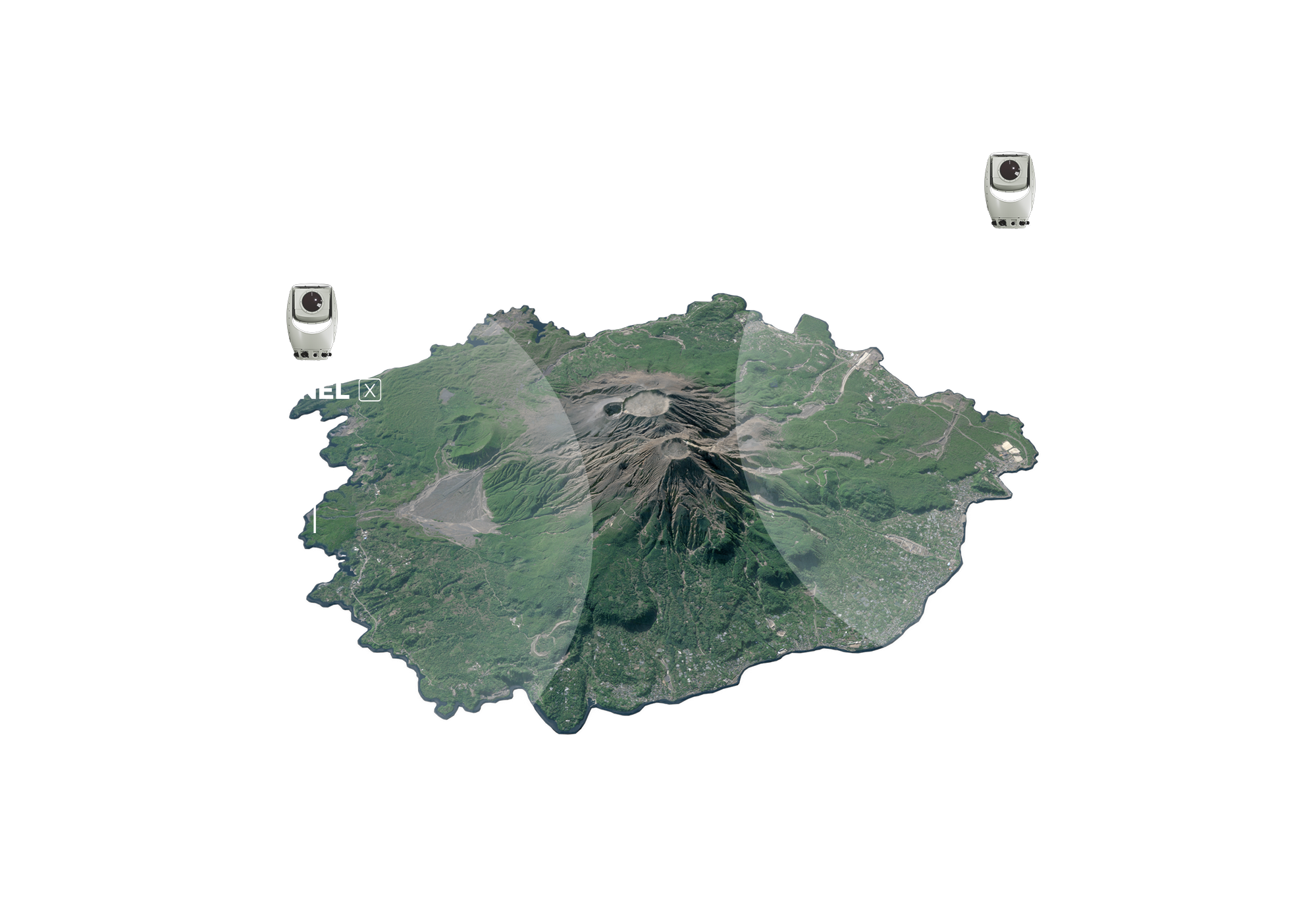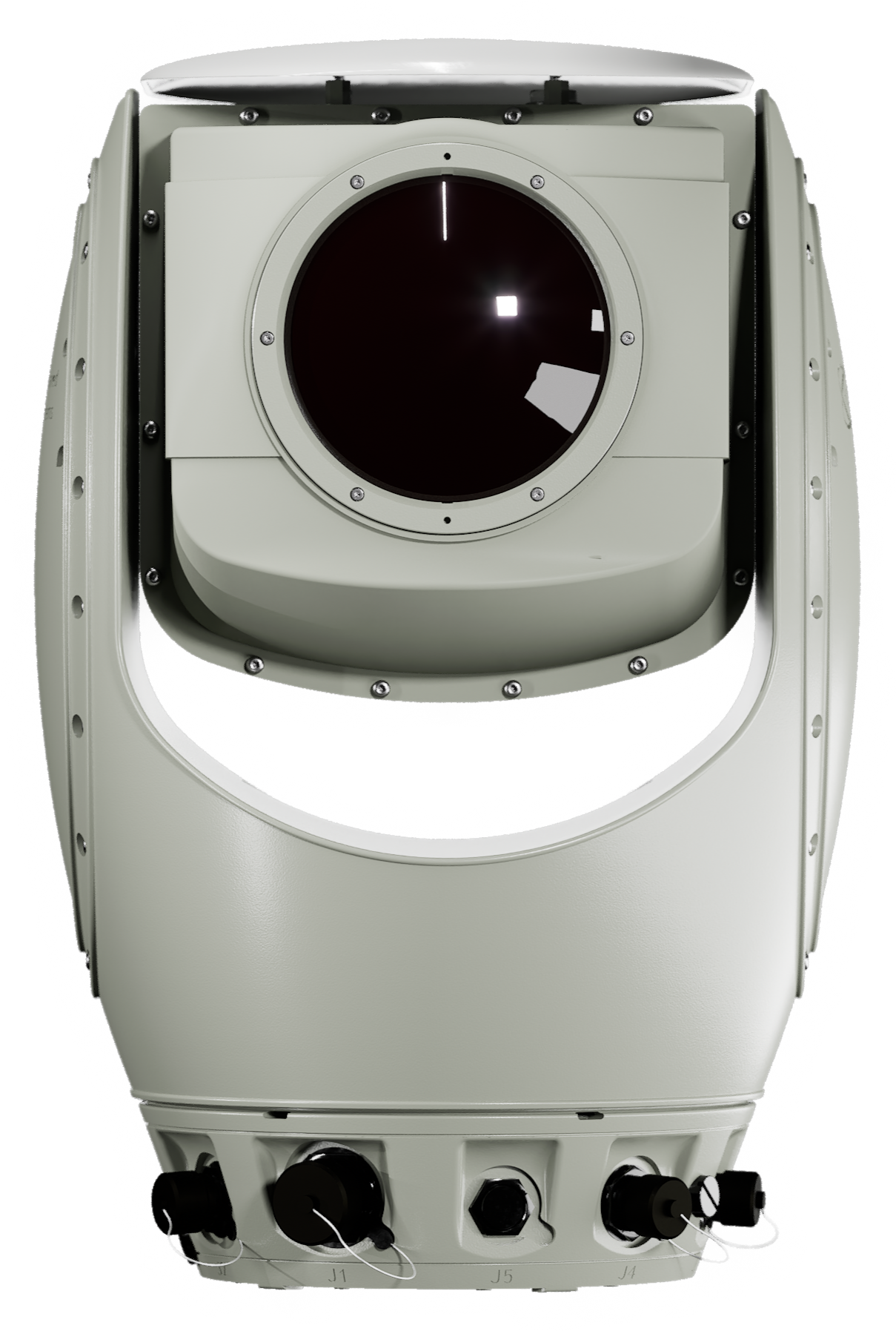- Home
- Security Applications
- Island Surveillance
Coastal surveillance of continental islands
The security of island territories represents a major challenge for nations, due to their extensive perimeter and maritime accessibility. Surveillance and protection of these areas are crucial to prevent intrusion, illicit trafficking and violation of sovereignty. The stakes are high, requiring cutting-edge technology to provide an adequate response to potential threats.
Island Surveillance: Main Challenges

Limited Accessibility and Geography
Island surveillance poses challenges due to their often remote and isolated locations, making accessibility difficult for physical deployment of surveillance equipment and personnel.
Securing Multiple Entry Points
Islands often have multiple entry points, including various ports and landing sites, making it challenging to implement effective surveillance strategies to cover all potential points of entry.
Island Size and Scale
The size of islands varies significantly, and the scale of surveillance efforts must be tailored to the specific characteristics of each island, posing a challenge in designing scalable and adaptable surveillance systems.
Limited Budget
Small continental islands do not always have an extensive budget to secure their coastlines. Turn-key solution must remain affordable with limited project management costs.
Island Surveillance: Main Threats

Illegal immigration
Hostile groups or individuals of the illegal immigration type may attempt to enter island territories clandestinely, requiring rapid detection and neutralisation.
Illegal trafficking
Unauthorized transport of people, drugs, weapons or illicit goods may occur by sea, exploiting vulnerable points on island borders.
Armed conflicts
In the event of geopolitical tensions, islands can be targets or strategic points requiring robust and effective defence.
Island Surveillance Solution
With Spynel Panoramic Infrared Cameras
HGH Infrared Systems has developed an innovative panoramic solution detecting and categorizing long-range threats. The SPYNEL infrared camera range protects any kind of critical infrastructures or military assets thanks to a 360° camera. Fully passive, the SPYNEL camera ensures real-time panoramic video and automatic detection, classification & tracking.
How to secure a Island?

Why Choose Spynel for Island Surveillance?
Detection of stealthy targets
Infrared (IR) cameras are employed to capture thermal radiation emitted by objects, making them suitable for day and night surveillance. These cameras can detect and classify objects based on heat signature, enabling the detection of objects hardly detectable by radars such as stealthy targets having a low RCS.
Panoramic Field of View
The camera covers a wide field of view, typically 180 degrees or more. In addition of the detection itself, the provided situational awareness gives great contextual information in order to bring the most adapted answer.
Automatic Classification
Automatic classification of maritime and air targets thanks to deep learning algorithms. Fusion of the alarms with AIS signal (identify friend or foe).
Smart alarm filtering (speed, trajectory, size,…) and automatic response (screenshot, e-mail, video, etc…); Smart virtual fences
Scalability for Island Size
SPYNEL's scalability allows for the customization of surveillance systems based on the specific size and scale of each island, offering an adaptable solution tailored to individual island characteristics.
Operational discretion
SPYNEL and Cyclope operate without revealing their presence, avoiding detection by intruders and preserving the element of surprise in the event of intervention.
Easy integration with existing security systems
Multi-layer coastal surveillance with integration and fusion of radar alarms.
Long range identification capabilities with interfacing with Pan Tilt Zoom (PTZ) cameras.
Integration with Search Lights and LRAD devices for counterreaction.
Integration with navigational & monitoring software (Vessel Traffic Systesm – VTS).
Integration into third-part Video Management System (VMS) – ONVIF Profile S compliant.




